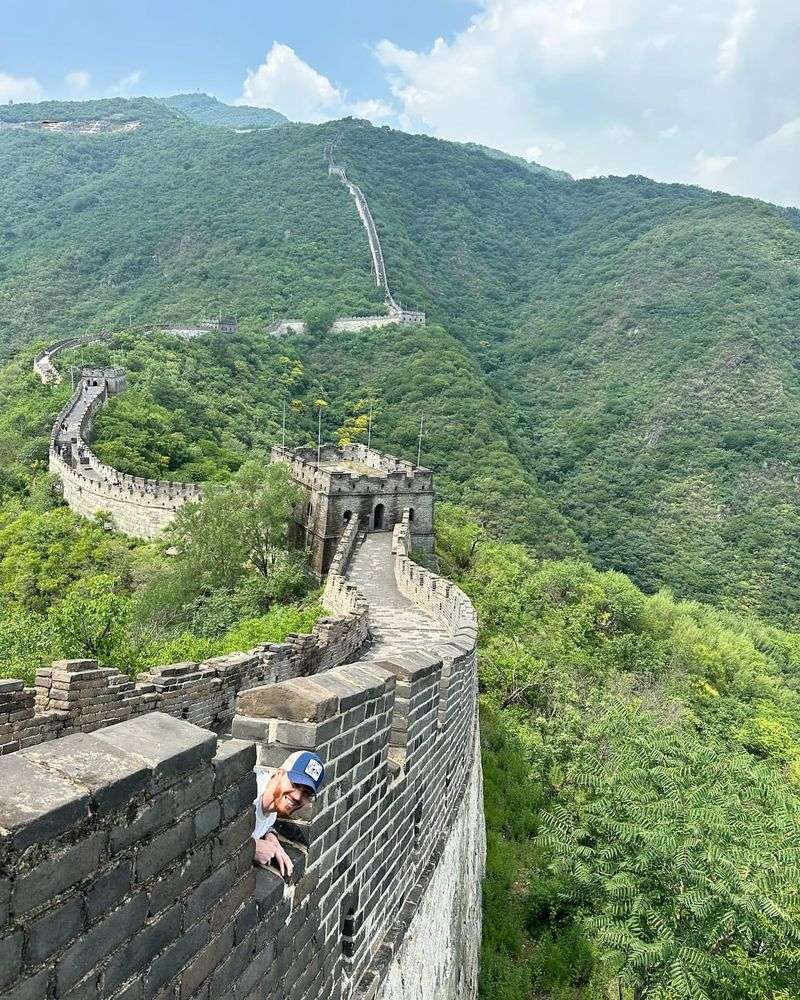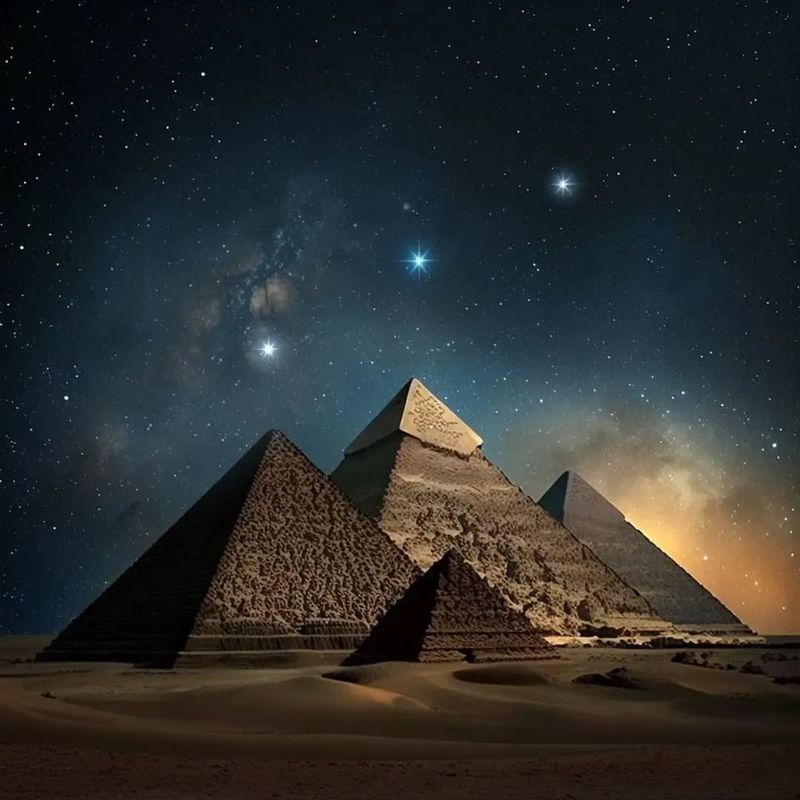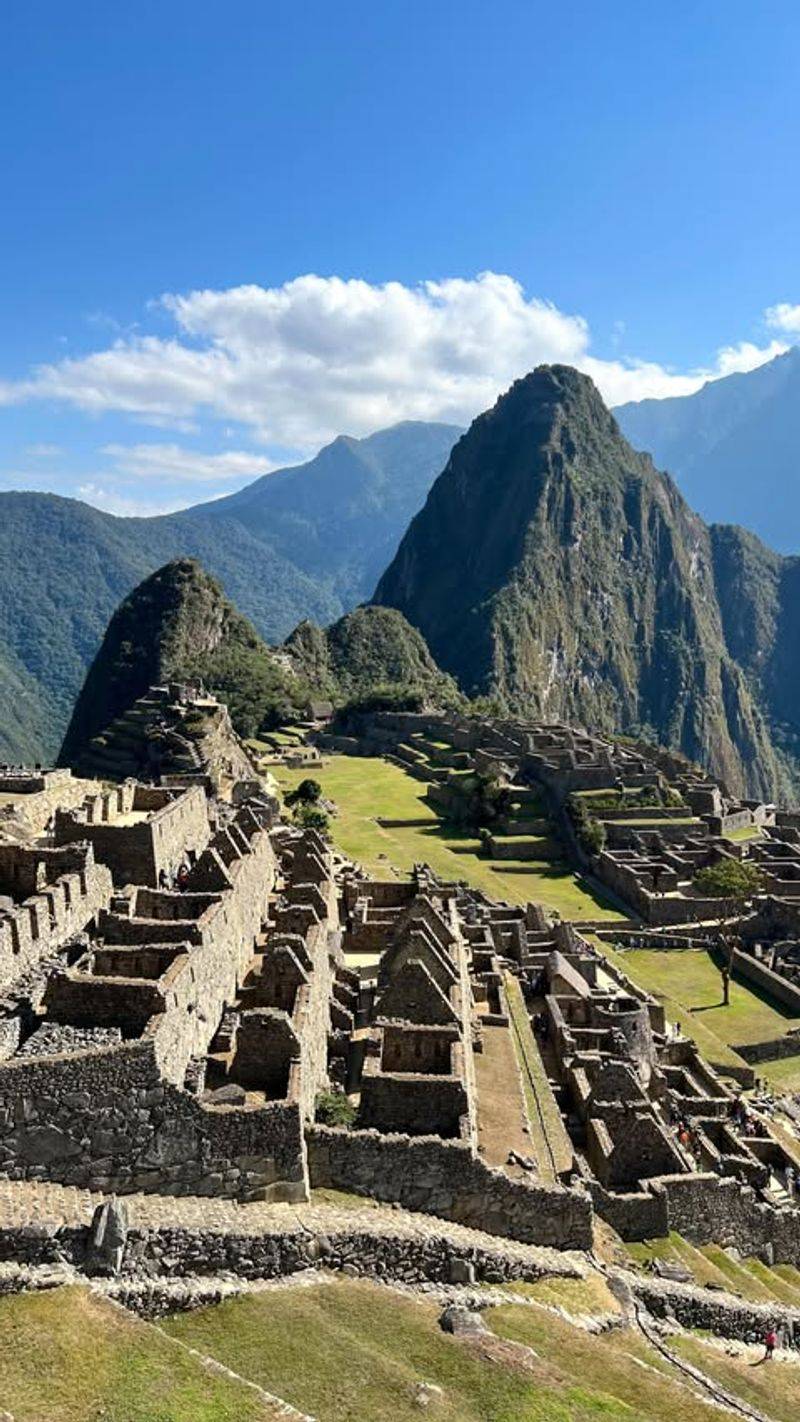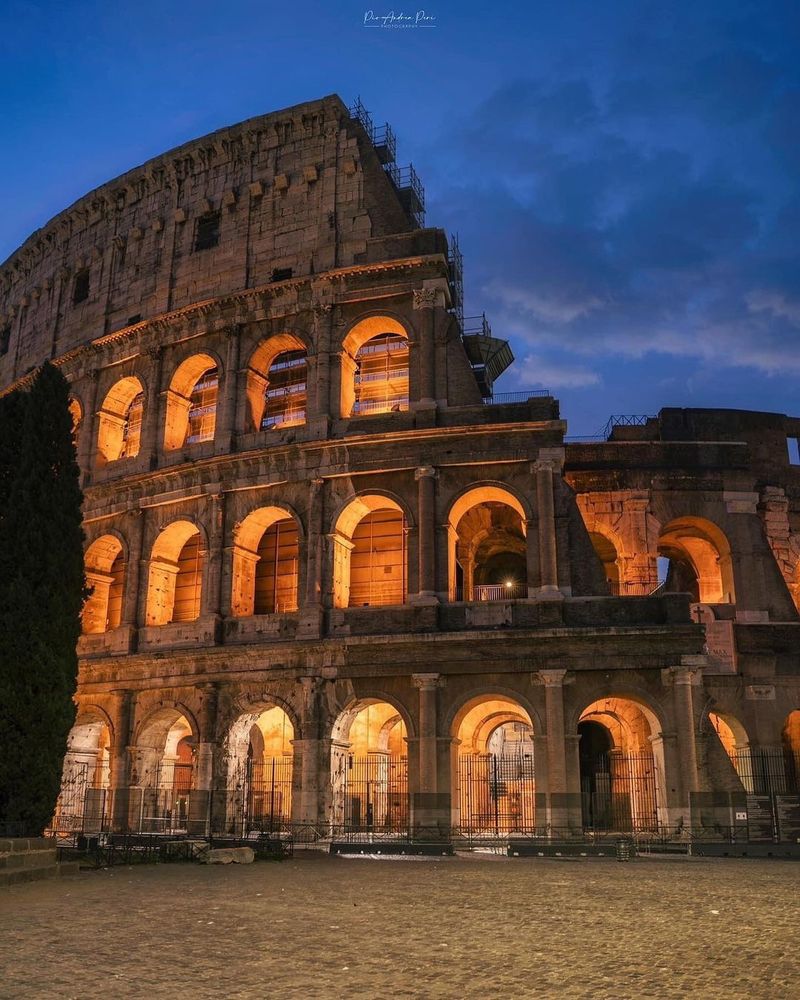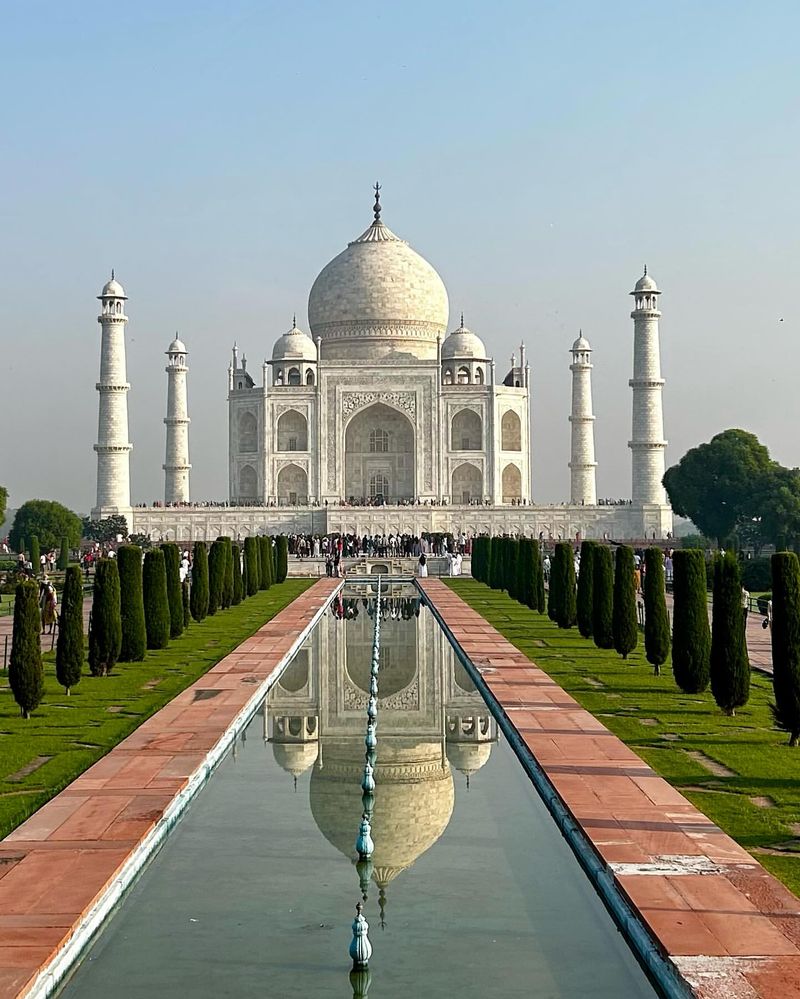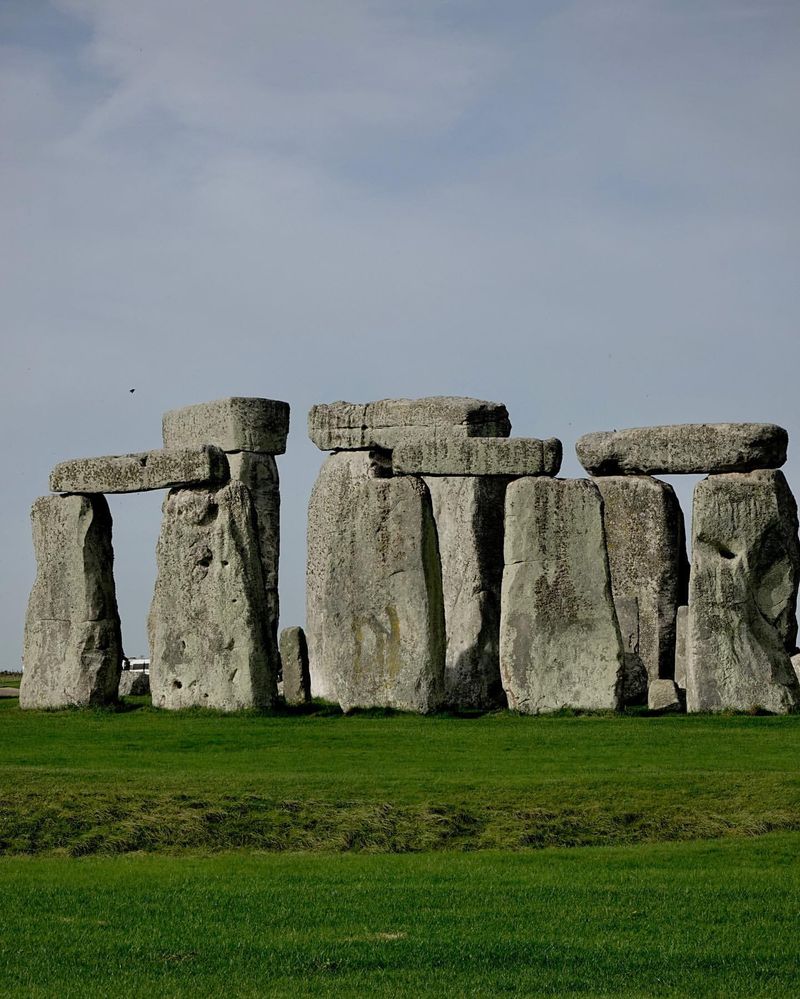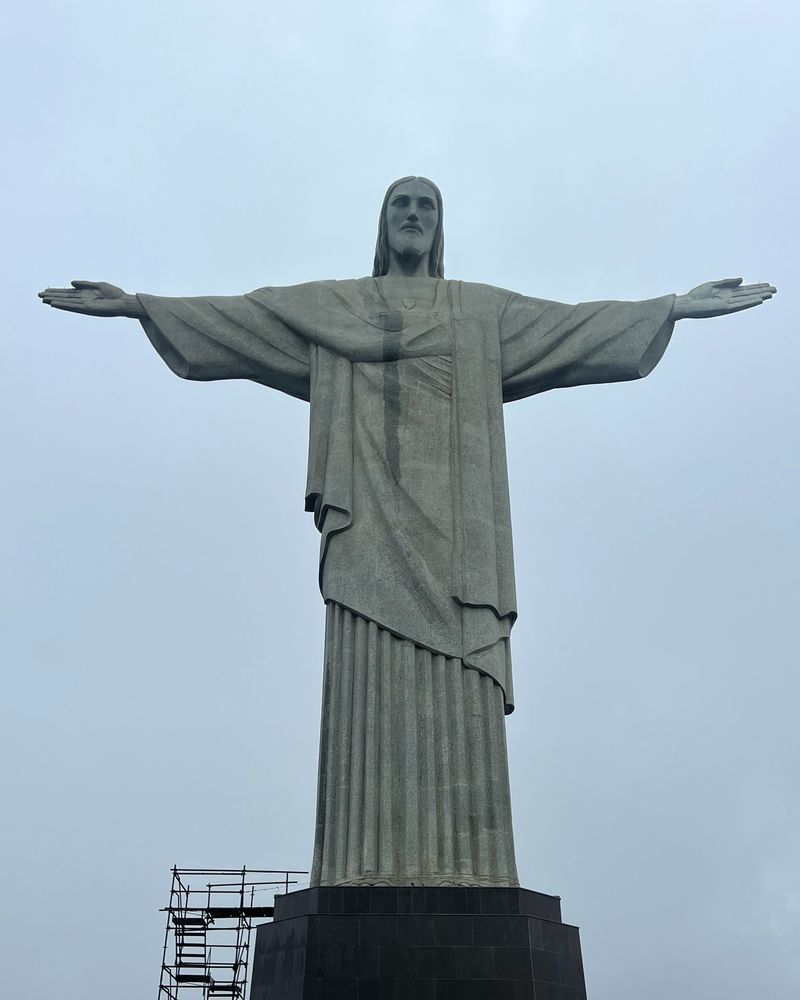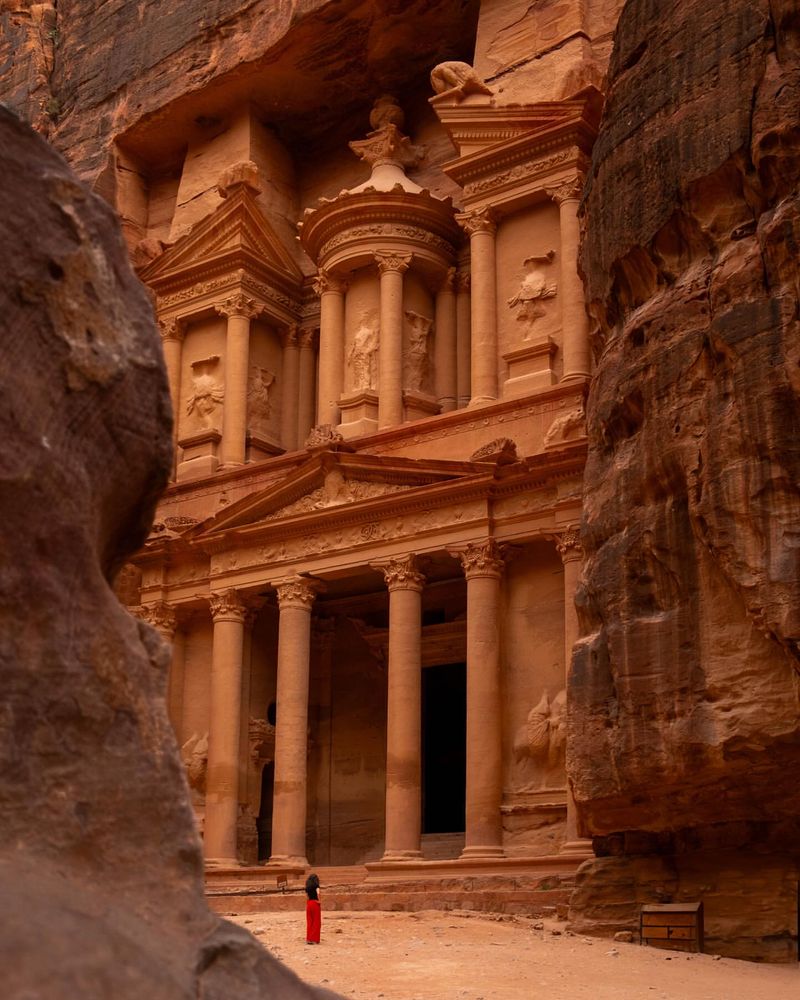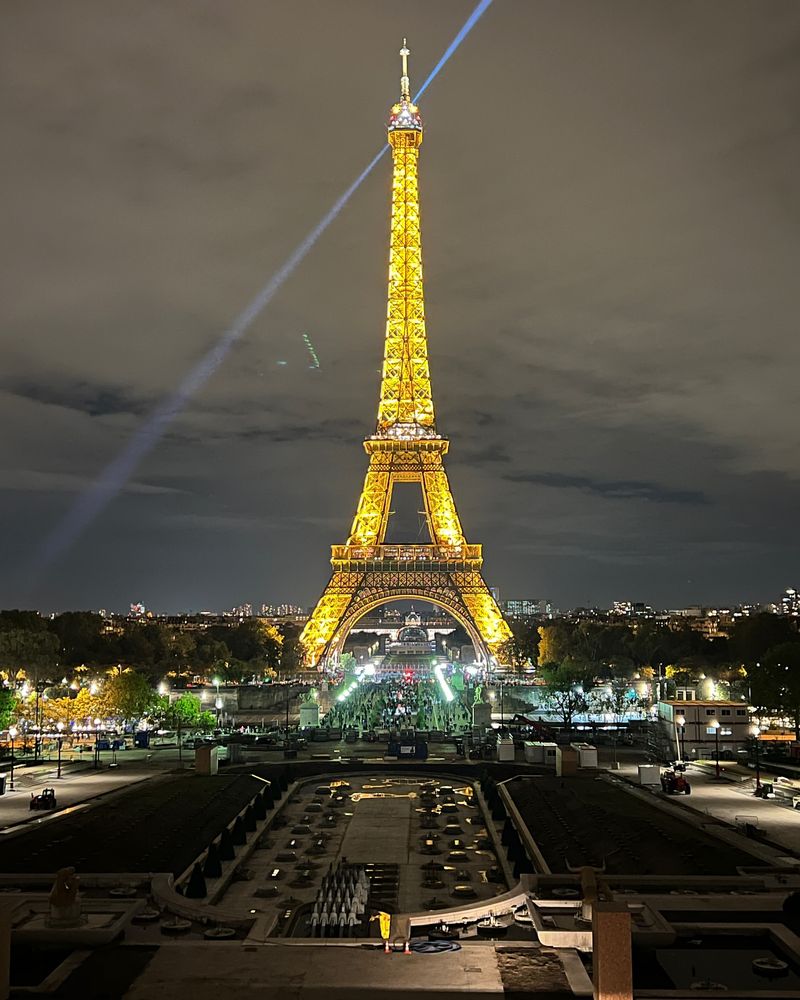Throughout history, certain landmarks have captured the imagination of people worldwide. These iconic structures aren’t just awe-inspiring feats of architecture; they are symbols of cultural and historical significance. From ancient wonders to modern marvels, these landmarks have defined eras and continue to draw millions of visitors each year, offering a glimpse into the past and a connection to the stories that shaped our world.
The Great Wall of China
The Great Wall of China stretches over 13,000 miles, an awe-inspiring testament to ancient engineering. Built to protect against invasions, it stands as a symbol of China’s resilience and strength.
Walking along its stone pathways, one can almost hear the echoes of history. Its construction began in the 7th century BC, evolving over millennia.
Today, the Wall attracts millions, offering breathtaking views and a sense of connection to the past. Whether shrouded in mist or bathed in sunlight, its grandeur remains unmatched, a true testament to human ingenuity and perseverance.
The Pyramids of Giza
The Pyramids of Giza, towering above the sands, are a marvel of ancient Egyptian civilization. Built as monumental tombs, they reflect the Egyptians’ architectural prowess and spiritual beliefs.
The Great Pyramid, the largest, was constructed around 2560 BC. It remains one of the Seven Wonders of the Ancient World, symbolizing eternity and the pharaohs’ legacy.
Visitors stand in awe of the precision and labor required to build these structures. The enduring mystery of their construction continues to fascinate historians and travelers alike, cementing their status as timeless symbols of ancient heritage.
Machu Picchu
Machu Picchu, nestled high in the Andes, is a testament to the Incan Empire’s ingenuity. This ancient city, built in the 15th century, remained unknown to the outside world until its rediscovery in 1911.
Its stone structures and terraces blend seamlessly with the stunning natural landscape. Visitors trek to this remote site to experience its mystique and breathtaking beauty.
Machu Picchu’s legacy endures as a symbol of Incan culture and innovation. The site’s preservation efforts ensure that future generations can marvel at its splendor and reflect on the history it represents.
The Colosseum
The Colosseum in Rome, an iconic symbol of ancient Roman engineering, still stands as a testament to the grandeur of the empire. Completed in AD 80, it hosted gladiatorial contests and public spectacles.
The elliptical amphitheater could hold up to 80,000 spectators, a marvel of architectural design. Walking through its arches, visitors can almost hear the roar of the ancient crowds.
Despite centuries, the Colosseum remains a cultural icon and architectural wonder. It draws millions annually, a place where history echoes and the spirit of Rome lives on in stone and imagination.
The Taj Mahal
The Taj Mahal, a symbol of love and beauty, stands majestically on the banks of the Yamuna River. Commissioned in 1632 by Emperor Shah Jahan, it is a mausoleum for his beloved wife, Mumtaz Mahal.
Crafted from white marble, its intricate carvings and symmetrical gardens exemplify Mughal architecture’s pinnacle. Its beauty seems to change with the light, captivating visitors from around the globe.
The Taj Mahal is both a UNESCO World Heritage site and a New7Wonders of the World. It remains an enduring emblem of India’s rich history and cultural heritage, a masterpiece for all ages.
Stonehenge
Stonehenge, a prehistoric monument in England, continues to intrigue and mystify. Comprising massive stone circles, its purpose remains a subject of debate among historians and archaeologists.
Constructed between 3000 and 2000 BC, it is aligned with the movements of the sun. Visitors today ponder its origins while exploring its ancient stones.
Whether considered a religious site or an astronomical observatory, Stonehenge’s enigmatic presence captivates the imagination. It stands as a testament to prehistoric ingenuity, drawing tourists and researchers keen to unravel its ancient secrets and marvel at its enduring legacy.
Christ the Redeemer
Christ the Redeemer, an iconic statue atop Mount Corcovado, overlooks Rio de Janeiro with arms outstretched. Completed in 1931, it symbolizes peace and acceptance, a beacon of hope and unity.
Standing 98 feet tall, its Art Deco design is visible from various city points. The statue is a UNESCO World Heritage site, drawing pilgrims and tourists alike.
Visitors ascend to its base for panoramic city views, feeling a profound sense of awe. Christ the Redeemer remains a spiritual and cultural emblem, reflecting Brazil’s rich history and diverse culture.
Petra
Petra, the ancient city carved into Jordan’s rose-red cliffs, is a stunning testament to the Nabataean civilization. Known as the ‘Lost City,’ it flourished over 2000 years ago.
Its most famous structure, the Treasury, captivates visitors with its intricate design. Exploring Petra feels like stepping into history, each facade telling a story of ancient trade and culture.
Preservation efforts continue to protect this UNESCO World Heritage site. As a symbol of human creativity and resilience, Petra draws archaeologists and tourists eager to experience its timeless allure and historical significance.
The Statue of Liberty
The Statue of Liberty stands proudly in New York Harbor, a symbol of freedom and democracy. Gifted by France in 1886, it celebrates the enduring bond between the two nations.
Lady Liberty welcomes immigrants and visitors, her torch guiding the “huddled masses yearning to breathe free.” Her iconic green silhouette is recognized worldwide.
For those arriving by sea, she is the first glimpse of America. The statue remains a powerful emblem of hope and opportunity, embodying the ideals of liberty and justice. Visitors ascend to her crown, inspired by her timeless message.
The Eiffel Tower
The Eiffel Tower, Paris’s iconic iron lattice tower, epitomizes the city’s romance and elegance. Designed by Gustave Eiffel, it was completed in 1889 for the World’s Fair.
Standing 1,083 feet tall, it was initially criticized but has become a beloved global symbol. Visitors ascend its levels to capture breathtaking views of Paris.
By day or night, its iron silhouette enchants millions yearly. The Eiffel Tower embodies French innovation and artistic spirit, an architectural masterpiece that continues to inspire awe and admiration across the globe.
